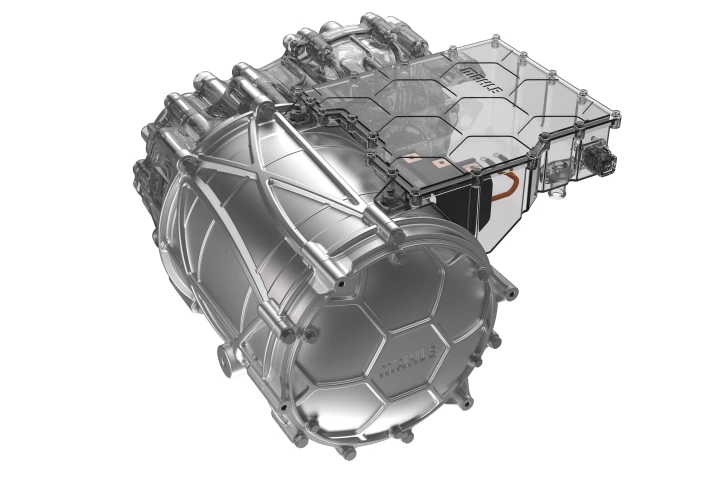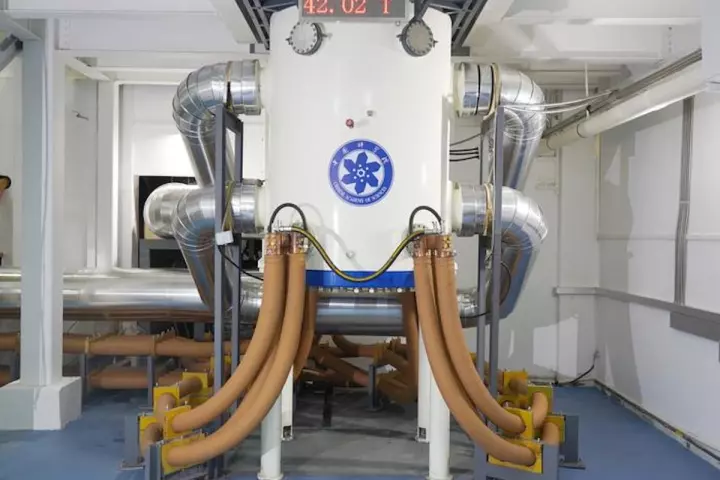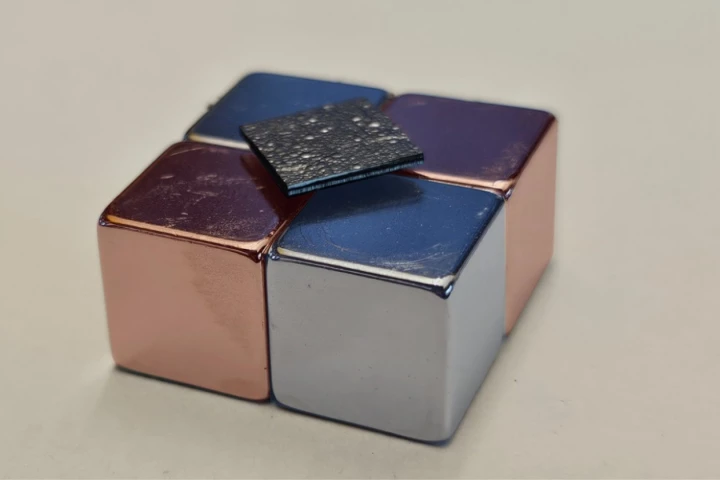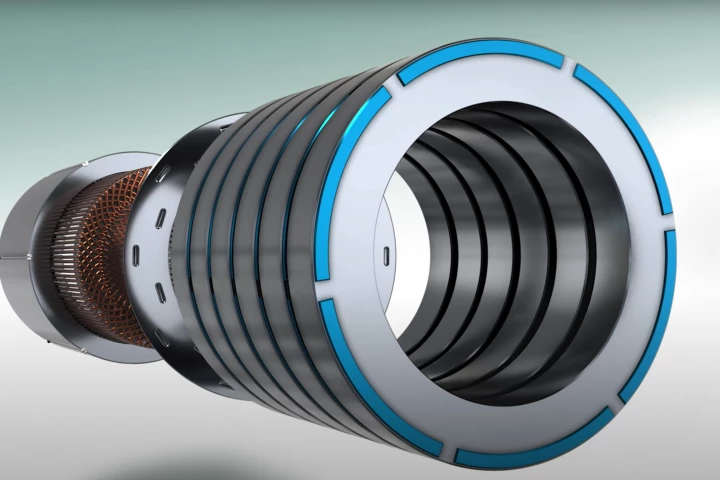Magnetism
-
Researchers at Massachusetts Institute of Technology have demonstrated an entirely new form of magnetism in a synthesized crystalline material. They're calling it p-wave magnetism, and it could be the key to next-gen computer memory.
-
Scientists have created what they say is the world's smallest untethered flying robot, by taking a unique approach to its design. To minimize size and weight, they've moved the bot's power and control systems out of its sub-centimeter-wide body.
-
Two great minds in permanent-magnet-free motor design are fusing their know-how to create an even more capable inductive electric motor. Mahle and Valeo have teamed up on what they call the Inner Brushless Electrical Excitation (iBEE) motor system.
-
Scientists have developed the world’s strongest resistive magnet, which produced a steady magnetic field of 42 Tesla (T). The system could improve devices that use magnets, as well as enable a range of new experiments that probe electromagnetism.
-
As some entities identify new sources to meet the demand for rare earth materials, others are looking to new tools. Materials Nexus has designed a new rare-earth-free permanent magnet help from its AI platform – at record pace.
-
Magnetic levitation is used to float things like lamps and trains, but usually it requires a power source. Now, scientists in Japan have developed a way to make a floating platform that requires no external power, out of regular old graphite.
-
Scientists have confirmed the existence of a strange new form of magnetism. Hiding right under our noses, the team says that “altermagnetism” can be found in everyday materials and could have major technological uses.
-
When it comes to the treatment of Parkinson's disease, electrical deep brain stimulation (DBS) is a commonly used technique. It does have some drawbacks, however, which is why scientists are now looking to tiny wirelessly activated magnets instead.
-
Scientists at ETH Zurich have discovered a new type of magnetism. Experiments show that an artificially produced material becomes magnetic through a mechanism that hasn’t been seen before.
-
GM is looking to Niron Magnetics to help it eliminate problematic rare earth materials from its permanent magnet EV motors. Niron's "Clean Earth" magnets are claimed to be the only rare-earth-free permanent magnets capable of automotive-grade power.
-
The skin ulcers that diabetics often develop on their feet are slow to heal, sometimes to the point that they become infected and require foot amputation. A magnetic gel could keep that from happening, as it triples the healing speed of such wounds.
-
Everybody’s favorite wonder material, graphene, continues to surprise. MIT physicists have discovered yet another brand new electronic state hiding in this overachieving little material – something they give the bizarre name of “ferro-valleytricity.”
Load More











